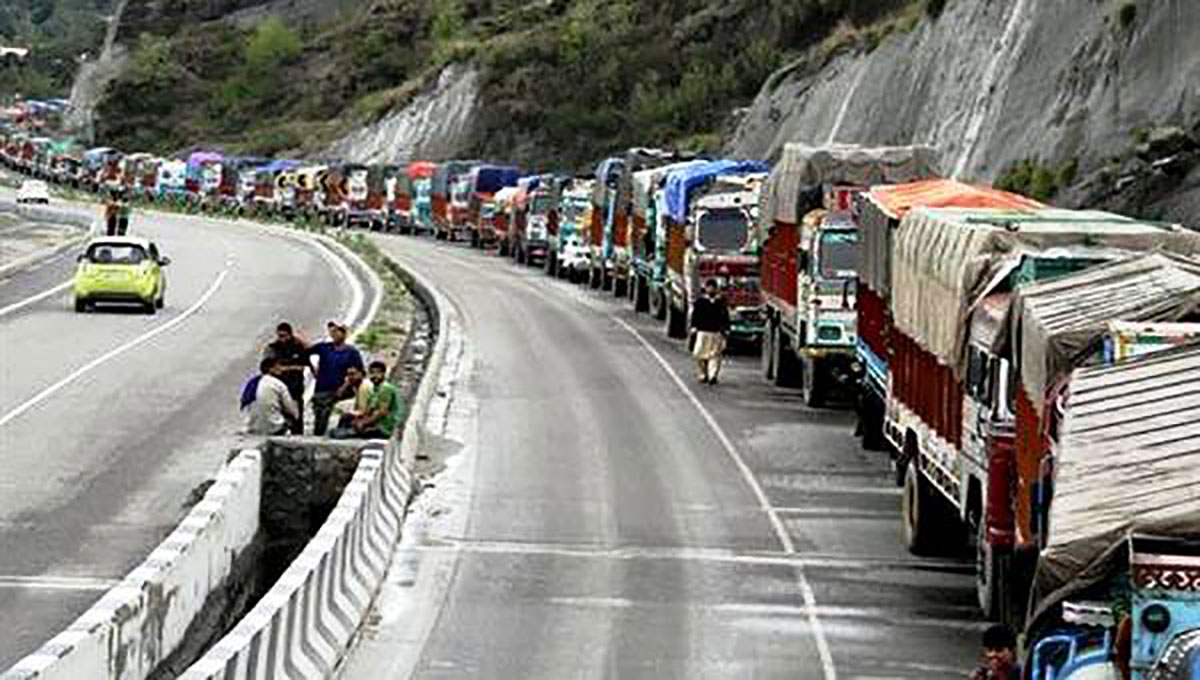The Shopian case not only dominated the news in 2009 but also stung most the people associated with it. Three investigations later the case remains shrouded in mystery. Hamidullah Dar reports
The alleged rape and murder of Neelofar Jan and her 17 year old sister-in-law in Shopian dominated the best of 2009. The deaths, which continue to remain a mystery despite three different official investigations, stirred the comfortably seated Omar Abdullah government into turbulence. The investigations by Justice Jan commission, Special Investigation Team, and the CBI, however, only added to the mystery.
Asiya and Neelofar were reported missing in the evening of May 29 and found dead in Rambi Ara the next morning. The government first said the deaths were accidental caused due to drowning, but people suspected foul play as the water levels in the Rambi Ara were very low. Presence of police and paramilitary camps around the site lead to suspicion of involvement of uniformed men in the crime.
The deaths put Kashmir on fire. People took to streets all over the valley, paralysing the government, which responded by stricter measures.
At least two people were killed and over 400 injured in clashes between the police and people. The controversy refused to die down; in fact to the contrary gained new dimensions at each level. While the initial reluctance of police and civil authorities to acknowledge the possibility of rape and murder fuelled unrest, the Justice Jan Commission’s suggestions of a family involvement didn’t help either. The latest twist to the case is the CBI charge sheet which indicts six doctors, five lawyers and two civilians for conspiracy and creating false evidence. The CBI report has hardly any takers in the valley, and many have termed it as a cover up.
When the two bodies were recovered from Rambi Ara stream on May 30, two autopsies were done in chaotic conditions, and as it now appears, by inexperienced doctors.
Police refused to register an FIR for rape and murder fuelling the suspicion of involvement of police and security personnel leading to valley wide large-scale protests. On June 2, Chief Minister Omar Abdullah announced an inquiry by a judicial commission but termed the incident as a case of drowning. He retracted his statement later and assured justice to victim family.
The forensic report of swabs taken at the post-mortem of Asiya and Neelofar suggested rape but was inconclusive about murder. The report was retained at the Forensic Science Laboratory controlled by police in Srinagar for six days, adding to the controversy. However, the whole report was discredited later after the swabs and samples were sent to Central Forensic Science Laboratory controlled by CBI. The CFSL informed that the slides did not match with the viscera and other samples of two women, and were thus fudged.
Police registered a case under section 376 of RPC on June 7 after the FSL Srinagar report confirmed rape. The Justice Jan commission tasked to probe the case in its report ruled out drowning, and blamed police officers for their failure to protect the evidence. He recommended the arrest of four police officers, and departmental inquiry against doctors who conducted autopsies.
Four policemen were put under suspension on June 22 on its recommendations. However, the report fuelled public anger again with its portions that cast aspersions on the character of Asiya, Neelofer and her husband Shakeel Ahmad Ahangar. Justice Jan distanced himself from the objectionable portions of the report blaming his investigation officer Haseeb Mughal for inserting the portions, thereby making the whole affair murky.
A Public Interest Litigation brought High Court into the picture, which succeeded in ending the continued strike in Shopian town spearheaded by Majlis Mashawarat. After the fudging of samples surfaced, the government handed over the case to CBI.
Soon after the CBI took over, the case got fresh twists with selective leaks to media suggesting fudging by doctors, and ruling out rape.
The J&K High Court on July 4 allowed exhumation of the bodies collect their DNA samples and for a fresh post-mortem subject to permission of the family members. On July 28 the bodies were exhumed by forensic experts from AIIMS headed by Dr T D Dogra. The AIIMS doctors disclosed that Asiya’s hymen was intact, therefore ruling out the possibility of rape.
The CBI charge sheet this month gave a clean chit to the police officers and indicted doctors and lawyers for “fabricating the evidence to harm security personnel”. It attributes death to accidental drowning of two women, and rules out rape. The report has stoked public anger again, with analysts accusing CBI of a cover up.
The Shopian case ended up discrediting almost everyone associated with the case. Neither did it spare the victim family, nor the government, or the doctors, lawyers, police or witnesses














